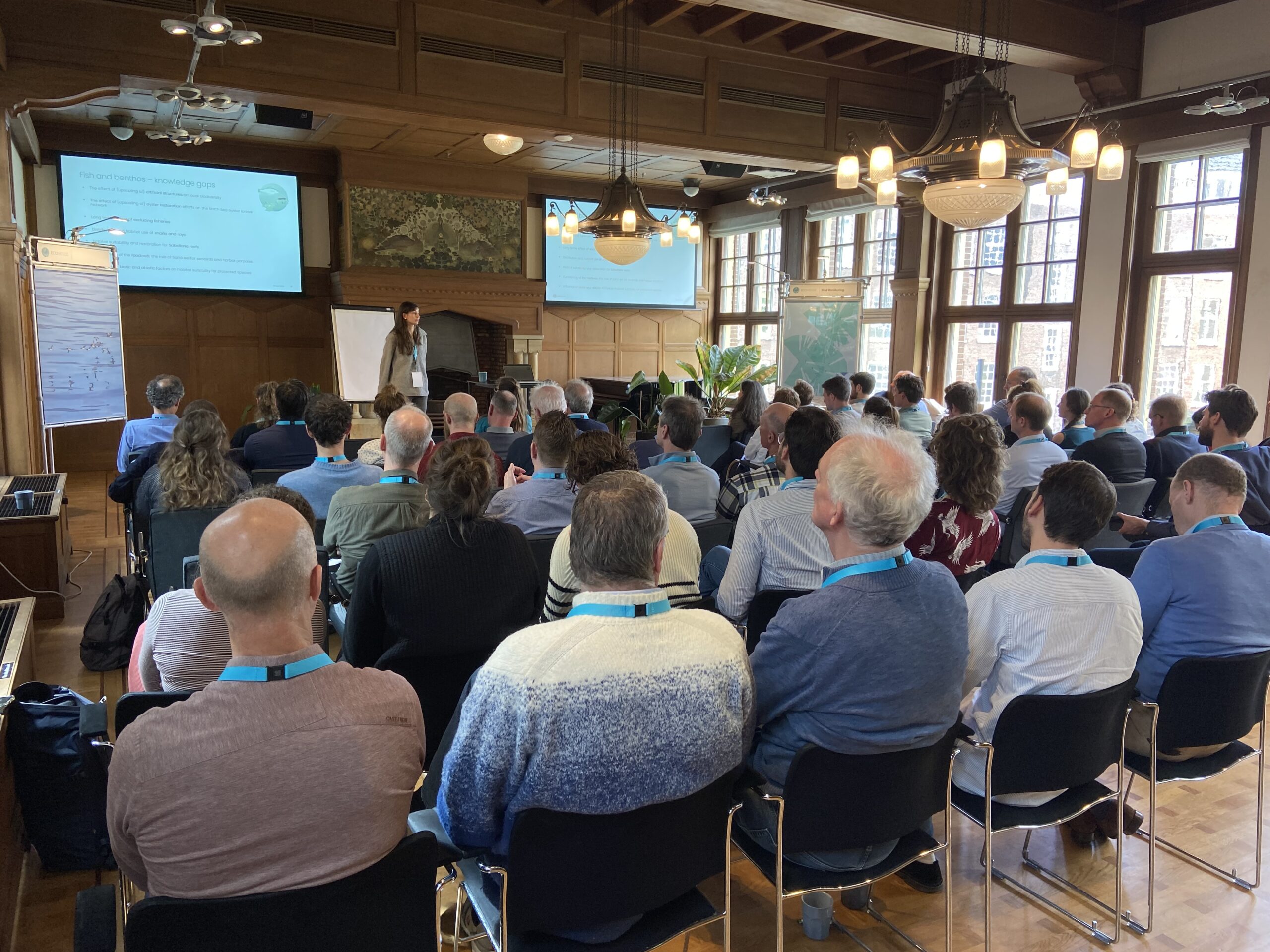WaterProof Marine Consultancy & Services
Underwater measurements are essential for expanding our knowledge about the North Sea ecosystem. WaterProof is a specialised consultancy firm that, together with its partners, has set up a research programme on behalf of Ecowende. Measurements of underwater sound, electromagnetic fields, currents, sand waves, and presence of marine mammals will be used to fill gaps in the knowledge about the underwater ecology of the North Sea.
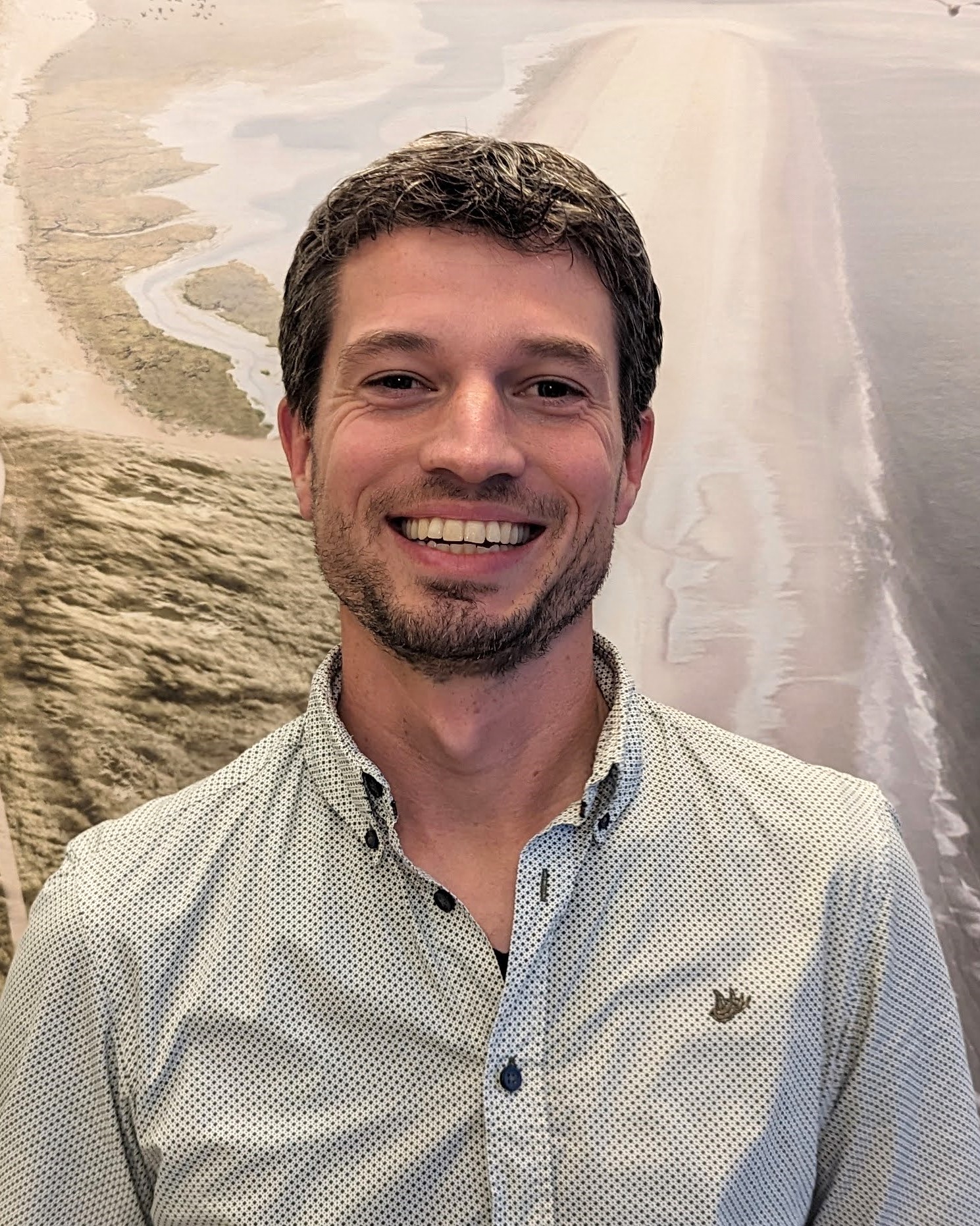
Monitoring underwater sound
Sound plays an important role in the life of fish, marine mammals, and other marine animals, who use it to orient themselves, to communicate, and to locate prey. It is known that seals and harbour porpoises are disturbed by sound from human activities, such as the construction of an offshore wind farm. The construction of the Ecowende wind farm will incorporate innovative installation and mitigation methods to minimise this disturbance. WaterProof will use a network of 14 bottom frames - see photo below - to determine the sound characteristics and sound levels before, during, and after construction. Sound monitoring is not limited to anthropogenic sound: fish, crustaceans, and marine mammals all produce sound, and are part of the North Sea soundscape.
Detailed measurements will be performed during construction to quantify the sound produced by piling activities, yielding insights into the sound characteristics of the innovative installation methods and sound propagation in the environment. These measurements are used by TNO to calibrate models, resulting in more accurate predictions of the impact of future wind farms on seals and harbour porpoises.
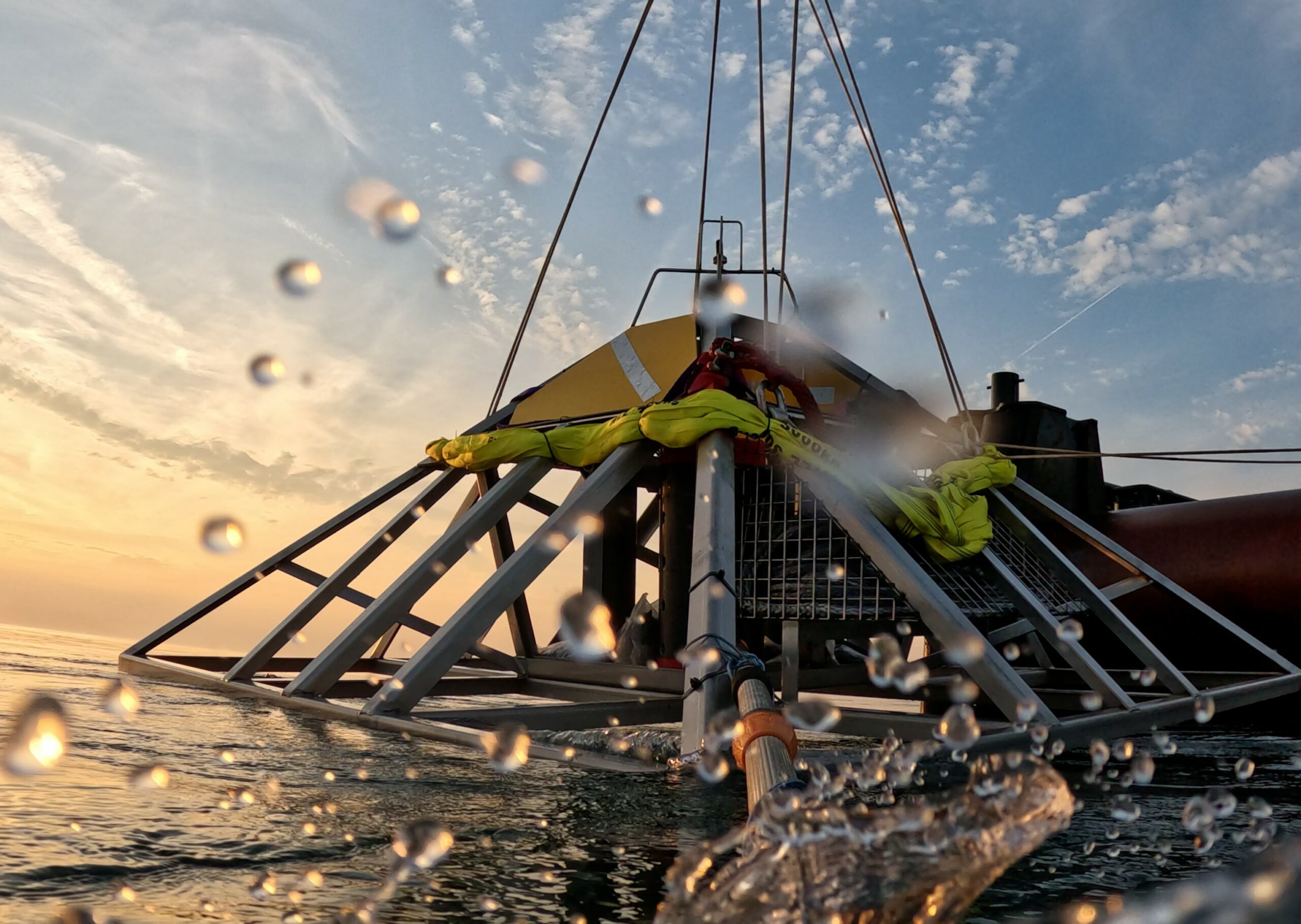
The effects on harbour porpoises
The harbour porpoise is the most common cetacean in the Dutch part of the North Sea. It uses echolocation, creating short sound pulses for orientation and for foraging. The pulses can be received by specialised equipment to learn more about these animals: whether the harbour porpoise appears in the area, to which degree the animals are disturbed during construction, and how suitable an offshore windfarm is as habitat for the harbour porpoise.
To this end, WaterProof cooperates with marine biologists from Wageningen Marine Research. Additionally, scientific basin studies are being conducted in cooperation with Seamarco to learn more about the hearing of seals and harbour porpoises.
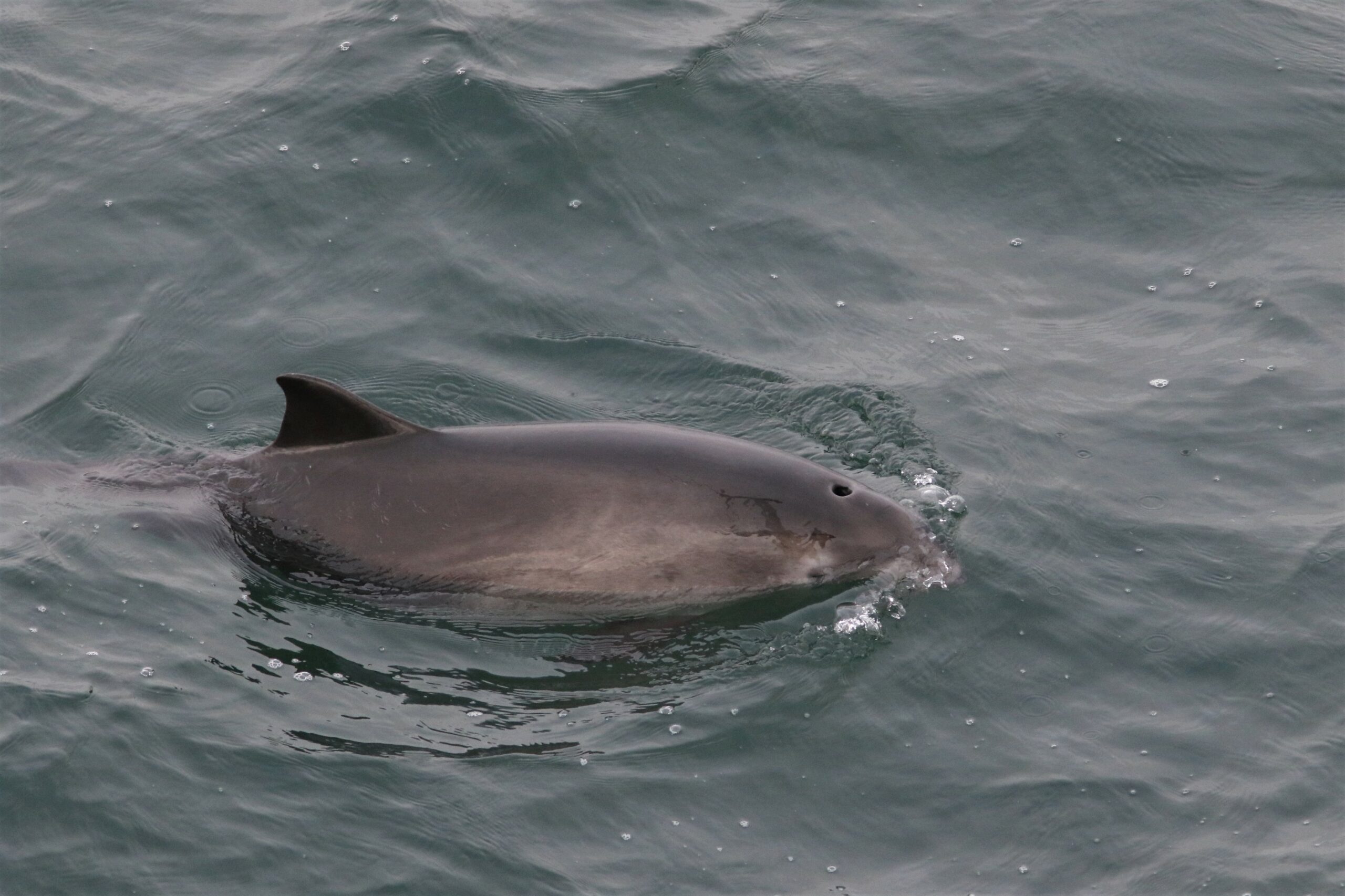
Unmanned surface vessel
The ecological measures in the Ecowende wind farm bring about an environment with great spatial diversity. The acoustic measuring network collects data at 14 fixed locations. While this is valuable for researching large-scale effects, it is insufficient to gain insight into the effects of individual measures. WaterProof will deploy an unmanned surface vessel to experiment with dynamic ecological monitoring. This vessel will sail in the wind farm during its operational phase, mapping the spatial density of fish and harbour porpoises, among other things.
Electromagnetic fields
Sharks, rays, and other marine animals use electromagnetism. The array cables between the wind turbines and the converter platform generate an electromagnetic field that could disturb these animals. WaterProof is conducting measurements above these cables to find the field strength, and is developing a model which, based on the location and burial depth of the cables, as well as the electrical current, can spatially map the electromagnetic fields.
Sand waves and tidal current
The dynamics of shoals, sand waves, and mega-ripples play an important role in burying export cables and installing wind turbines, and also need to be considered for the habitat suitability for reef-building species such as sabellaria. WaterProof uses high-resolution bathymetric surveys to research seabed dynamics. These dynamics are related to waves and tidal current using a validated 3D hydrodynamic model.
© Images and copy in cooperation with WaterProof and Waardenburg Ecology (photo harbour porpoise).
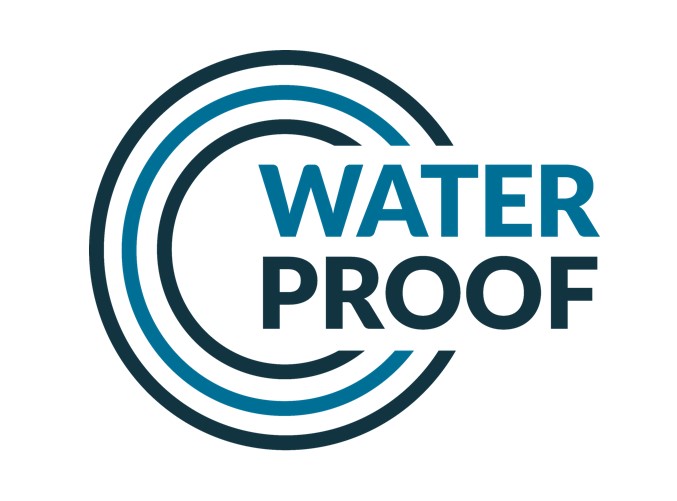
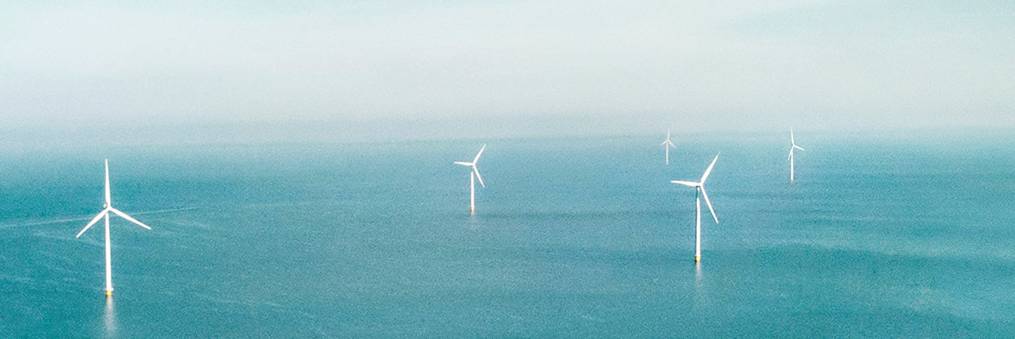
innovations
Related articles
